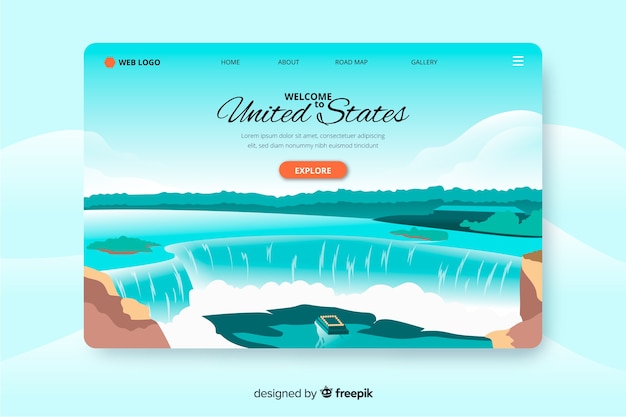
If you’re short on time but want to experience the best hikes in the park, here are the must-visit trails. They’re all conveniently located in the same region, and many adventurers combine them into one extensive hike. However, you can easily select a specific section if your time is limited or certain attractions don’t pique your interest.
This hiking experience was one of my absolute favorites in the park, second only to the Lehman Caves. Regardless of how long you’re in the park, I highly recommend giving it a go.
About the Trails
Complete Hike
– Distance: 5.6 miles
– Type: Loop
– Difficulty: Moderate
The hike comprises several segments. The alpine lake and bristlecone grove can be tackled individually. For a lengthier hike, continue past the bristlecone grove to the glacier (an out-and-back trail). If time is tight, here’s how to prioritize:
1. Bristlecone Grove
2. Glacier
3. Alpine Lakes
Although the Alpine Lakes are beautiful, they don’t quite match the uniqueness of the other highlights.
Trail Distances and Difficulty:
– Alpine Hike: Type: Loop | Difficulty: Easy
– Bristlecone Grove: Type: Out & Back | Difficulty: Moderate
– Bristlecone Glacier: Type: Out & Back | Difficulty: Moderate
The trail becomes moderately challenging when including the bristlecones. Even near the alpine lakes, be cautious if you’re not acclimated to the elevation, which starts above 10,000 feet.
Best Time to Hike
The trail is most accessible during the warmer months. The scenic drive often closes in winter due to snow, so plan your visit for late spring to early fall. While summer may bring heat and crowds, Great Basin remains less visited compared to nearby parks. Early fall is ideal—with warm weather, long days, and diminished crowds after schools resume. Fall colors in mid-fall can also be spectacular.
How to Get There
The Bristlecone / Alpine Lake Trailhead is in the northern part of Great Basin National Park, accessible via the same entrance as Lehman Caves.
The park has two visitor centers: one outside the park and one at the caves. Follow Lehman Caves Road (Route 488) into the park, and before reaching the caves visitor center, turn right at the Wheeler Peak Scenic Drive junction (closed in winter). Continue approximately 12 miles to the parking lot near Wheeler Peak Campground. Look for scenic overlooks on the way, which are worth a stop.
You’ll find ample parking here, though it can fill up during peak times. From the parking lot, you’ll see bathrooms and the trailhead for Alpine Lakes and Sky Island Forest Trail on the road’s right side.
Hiking the Trails
The trail starts near the parking lot. Follow the signs toward the trailhead for the Bristlecone and Alpine Lake Trails, which share the same path for the first 0.2 miles.
At the fork, you have two options:
1. Alpine Lake Trail Loop: A 2-mile loop through shaded wooded areas, leading to two small Alpine Lakes—Stella and Theresa Lakes. From Theresa Lake, you can either return to the trailhead or continue to the Bristlecone Pine Grove.
2. Bristlecone Pine Trail and Glacier: An out-and-back trail through rocky terrain and stunning forests, culminating at the glacier.
The Bristlecone Pine Trail takes you through rocky and wooded areas. After about 0.6 miles, you’ll hit a fork—right to the Alpine Lake Trail or straight to continue on the Bristlecone Trail. The latter becomes rockier and more exposed, requiring good hiking boots.
Bristlecone Glacier Trail
Continuing past the bristlecone grove leads to the glacier trail. The trail here is rocky and can feel longer due to the slow pace and elevation. You’ll reach the glacier after about 0.3 miles. Though mostly buried under rock, it’s still a sight to see. Remember, it’s chilly up here! Pack a coat and be prepared for unpredictable weather.
Tips & FAQ
– Be Altitude Aware: The trail starts over 10,000 feet and can be strenuous. Ensure you’re acclimated.
– Pack Essentials: Bring water, snacks, and sunscreen. The altitude means you’ll need them.
– Wear Proper Footwear: Good walking shoes or boots are a must.
– Leave No Trace: Respect the trail and its environment.
– Stay on the Path: Alpine regions are fragile and take generations to recover from damage.
Other Posts You May Like
– ARCHES: Guide to the Best Hikes in Arches
– UTAH: Best Things to do in Salt Lake City
– MESA VERDE: Guide to Ranger-Guided Cliff Dwellings
– CANYONLANDS: Guide to the Upheaval Dome Trail
Enjoy your hiking adventure!